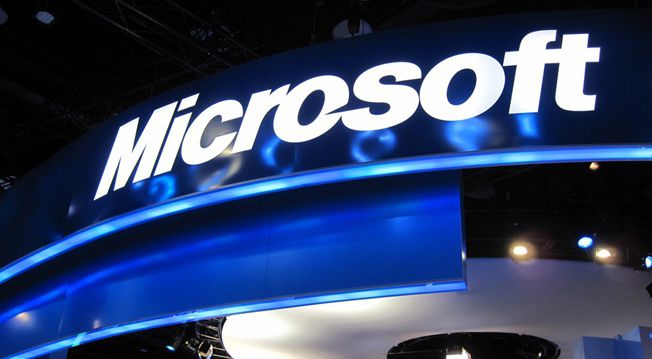 Nokia seemed to get a raw end of the deal with Microsoft, with the once popular mobile phone device now looking like disappearing. For Microsoft and its mobile Windows based operating system, it means a change of thinking and direction
Nokia seemed to get a raw end of the deal with Microsoft, with the once popular mobile phone device now looking like disappearing. For Microsoft and its mobile Windows based operating system, it means a change of thinking and direction
A question, however, is how often does Microsoft need to reinvent the Windows Smartphone to get it right? A change in tact has been to release versions of popular and known software Microsoft Office on iOS and Android. Despite Windows opening up its products to different platforms, a big problem that Windows OS’s have is a lack of developer and app support. Microsoft can put their apps on to other iOS or Android, but customers don’t seem to want to use a Microsoft platform, except on the PC or laptop.
Satya Nadella, CEO of Microsoft, sees Windows as more than a mobile device or platform. Apps like Outlook, Skype, Wunderlist, Sunrise, OneNote, OneDrive and such are aimed to be used on multiple devices and platforms. It seems as if Microsoft’s strategy at the moment is to stay relevant and in people’s eye view. A customer may be using an iPhone, but the customer may find themselves using Microsoft’s apps more than Apple’s or a different developer. If someone is using a Windows computer with an iPhone, and using Microsoft apps on the iPhone, would it be that great of a leap to using a Windows smartphone?
Microsoft are looking to connect all their devices together, the Windows computer, the Xbox, the upcoming HoloLens, Windows Phones, the Surface tablet using a universal platform and Continuum. Nadella said that in the past Microsoft’s view was that the PC was to be the media, entertainment and information hub, but this view wasn’t the way of the future. Users of devices have shown they prefer a range of devices of different purposes. As a student, even with Microsoft Word on my phone, the screen is too small for me to complete assignments, so I need the computer. Or using one main device could be a hassle, such as having to use a computer to control the media on a television.
Nadella claims that users didn’t discover the app store, which is only part true. Window’s store didn’t have a lot of things users wanted, and had apps on there that weren’t what they seemed to be. An example is the difference between the VLC app in the store and the program downloaded from the VLC site. Having tried both, the VLC app was inferior and buggy when compared to the downloaded from VLC’s site. To go up against the store power of Android and Apple, Microsoft are going to make their devices us the same platform, so a developer can make an app for a PC that works on a Windows tablet and a Windows phone.
It seems that Microsoft have taken ideas from Apple, and are going to make an individual device work better with devices containing the same Windows platform, as Apple products tend to work better with other Apple products. It also seems that Microsoft want to do this differently, to create a platform and OS that stands out from Apple and Android. What happens when Microsoft releases Windows 10 on its mobile devices will be big for the company. If it grows its market share, Windows phones will remain, if sales remain stagnant or drop, Microsoft will again have to reinvent.
Source: ZdNet





